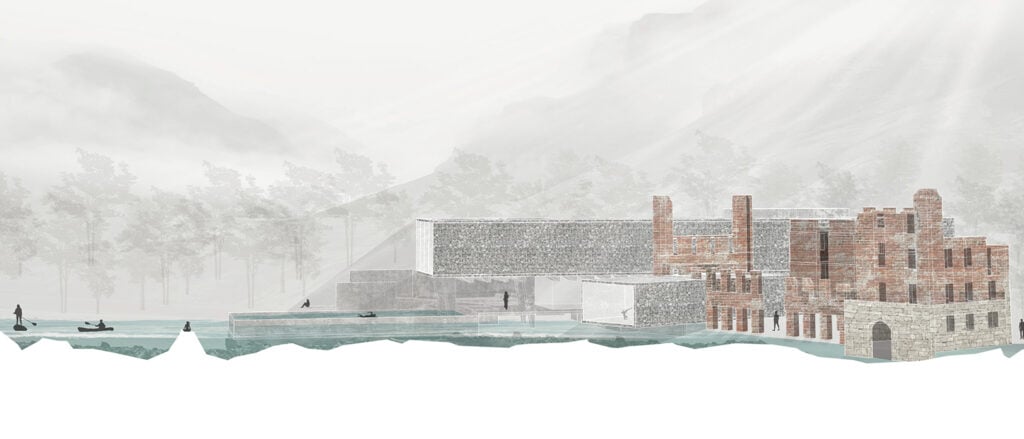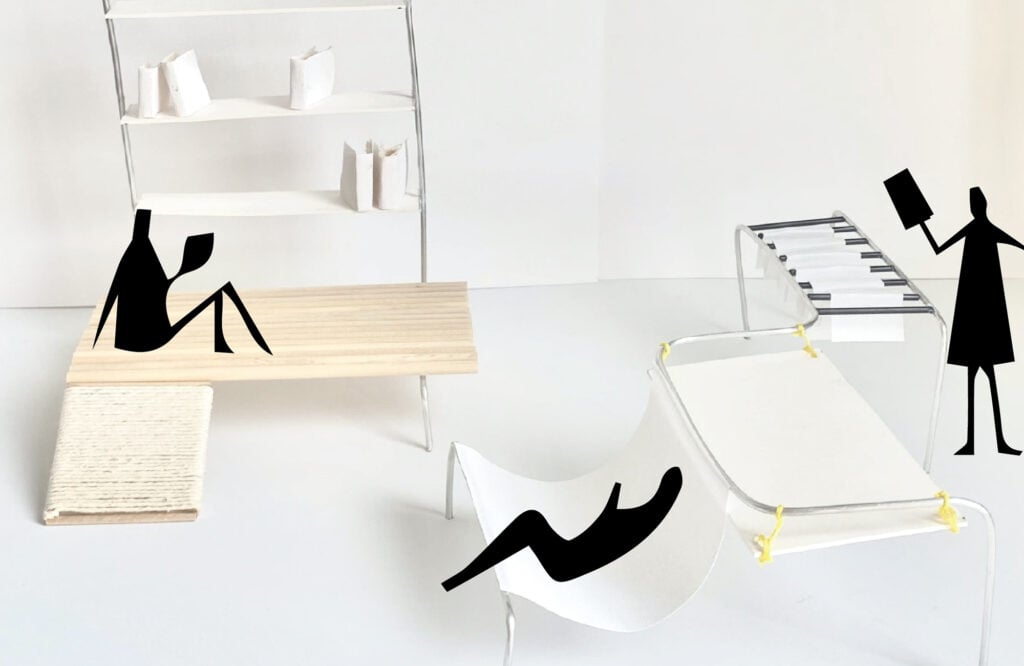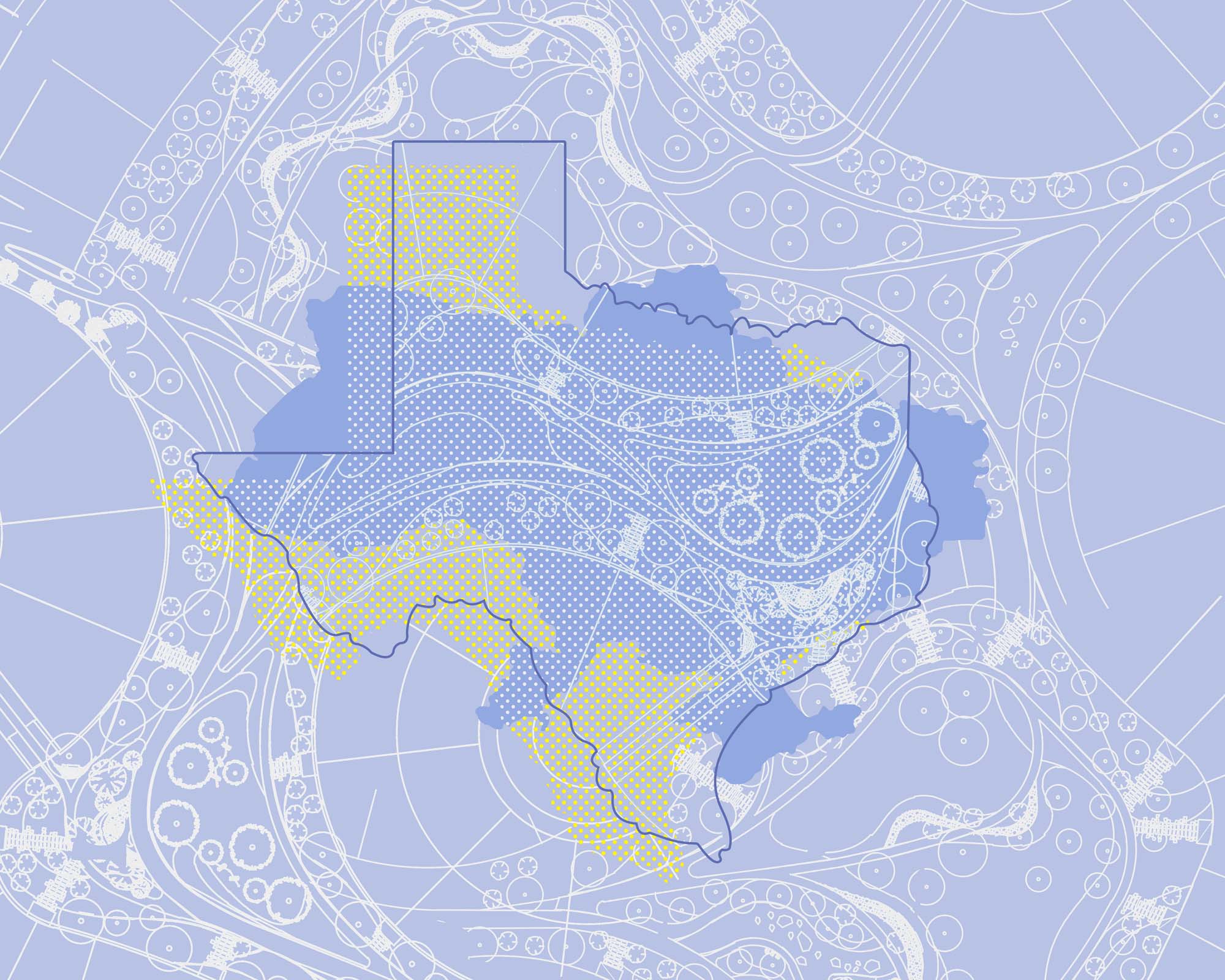
August 3, 2022
Working Remotely, Ukrainian Designers Get a Lifeline From U.S. Firms
“It’s enhancing the skillsets that we have. We have been able to fully integrate them into the team.”
Brad McCauly
Anna’s life was completely upended, and most of the landscape design work in Ukraine halted. She didn’t have the means to support herself until a novel job opportunity appeared in the form of a message through her LinkedIn page. The note was from Kinder Baumgardner, Managing Principal at SWA Group, who has subsequently launched an industry-wide initiative called Support by Design to help firms remotely hire Ukrainian landscape designers, a great many of whom are unemployed due to the war.
Baumgardner, who was shocked by the Russian invasion, says that because he had hired foreign consultants in the past, he was comfortable approaching those he had never met before. “I Googled Ukrainian landscape architects and I started to reach out,” he says. He notes that his firm has been able to hire 12 Ukrainian designers as consultants who are paid hourly based on the time it takes to complete specific projects, a substantial complement to the 40 landscape architects his firm has on staff.

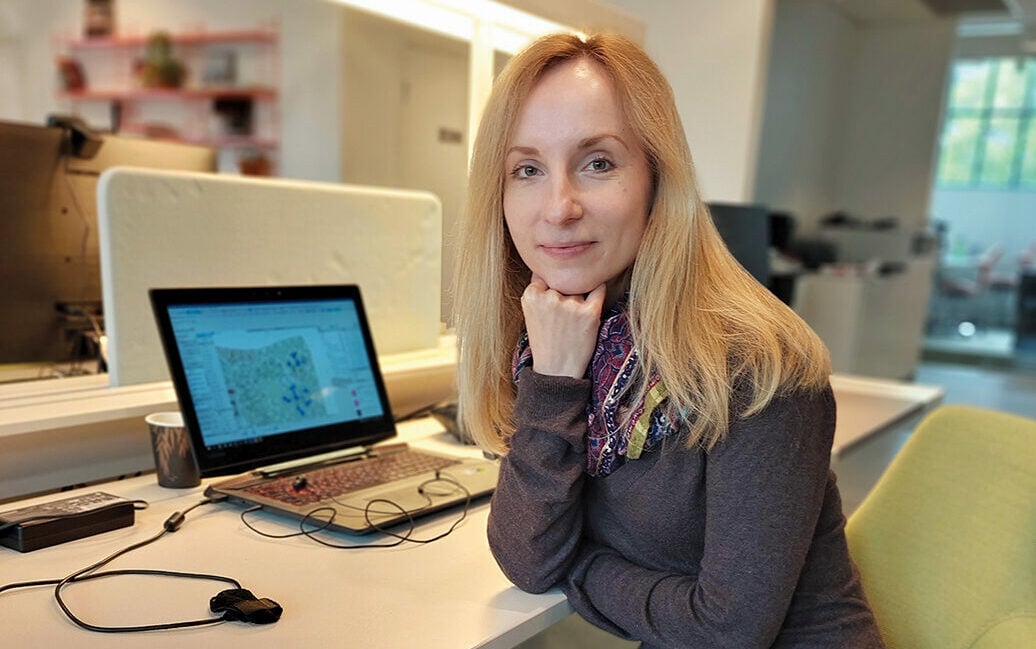
As part of his initiative Baumgardner and a small team of co-workers review portfolios and discuss potential job opportunities with the Ukrainian designers they select. Aside from the hours devoted to finding and vetting candidates, costs are negligible, according to Baumgardner. He says that the Ukrainians his team chooses often have more broad-based technical skill sets than Americans; especially when it comes to Revit, which he says a lot of U.S. landscape architects don’t know.
Around the same time that Baumgardner launched his outreach effort, John Wagner, a principal at Boston-based architects Office of Collaborative Design, was launching (along with architect Alina Nazmeeva) a program called HireUkrainiandesigners.org to assist Ukrainian architects with remote employment opportunities. Through the grapevine, the two made contact and are now in the process of combining their initiatives, which jointly have assisted 12 design firms in hiring Ukrainian designers. “SWA Group laid the groundwork with contracts and hires,” says Wagner. “Many American offices that do not work internationally are very unfamiliar with the process and uncertain about immigration issues and liabilities with the U.S. Government,” he adds, noting “A lot of this is alleviated when firms like Baumgardner’s show that it’s totally legal and can be done.”
Wagner, who attended Harvard’s Graduate School of Design, concurs with Baumgardner about the proficiency of the Ukrainian designers that have been hired. “Ukrainian candidates have a great deal of experience, often many years beyond designers with equivalent years of experience in the U.S.,” he says, noting that in Ukraine, the profession trends younger and that until the war, designers tended to have more accelerated career trajectories in comparison with their American counterparts.


Among the firms that have significantly expanded their operations with the assistance of Ukrainian designers is Chicago-based landscape firm site design group, which has about 45 landscape architects on staff and regularly uses about 15-20 Ukrainian consultants. Many work on a monthly contract from the Ukrainian firm VKA.
Brad McCauly, managing principal at site design group, says that his firm was motivated to get involved with Baumgardner’s initiative because they view their role as landscape architects as an inherently civic enterprise; helping foreign colleagues is part of that mission. “We try to walk the walk,” he says, “We want to make sure that we have an impact.”
As with other U.S firms involved with the initiative, McCauly says that there are practical advantages to hiring Ukrainian designers, especially when it comes to technical capabilities. “It’s enhancing the skillsets that we have,” he says. “We have been able to fully integrate them into the team.” Further, he notes that because of COVID, a lot of technologies such as Slack and Miro Boards have made working with people thousands of miles away seamless.
To be sure, there are challenges to hiring Ukrainian designers because of the war. The electricity can go out, and designers based in Ukraine sometimes need to take breaks to hide from shelling in bomb shelters. “Some are in a very delicate mental state as you can imagine,” says Baumgardner. He adds that although initially there are hurdles, they generally can be worked out. “It is an interesting dynamic,” he says. “You have to go into it saying I want to help somebody, and after a couple of weeks things will click.”
For Kulvanovska, Baumgardner’s program has been a literal lifeline, filling her days with rewarding work. “Now I can provide for myself, and I am not losing my professional experience and gaining even more,” she says. She adds:, “For my psychological state it also is important to work so I don’t get stuck on emotions and searching the news.”
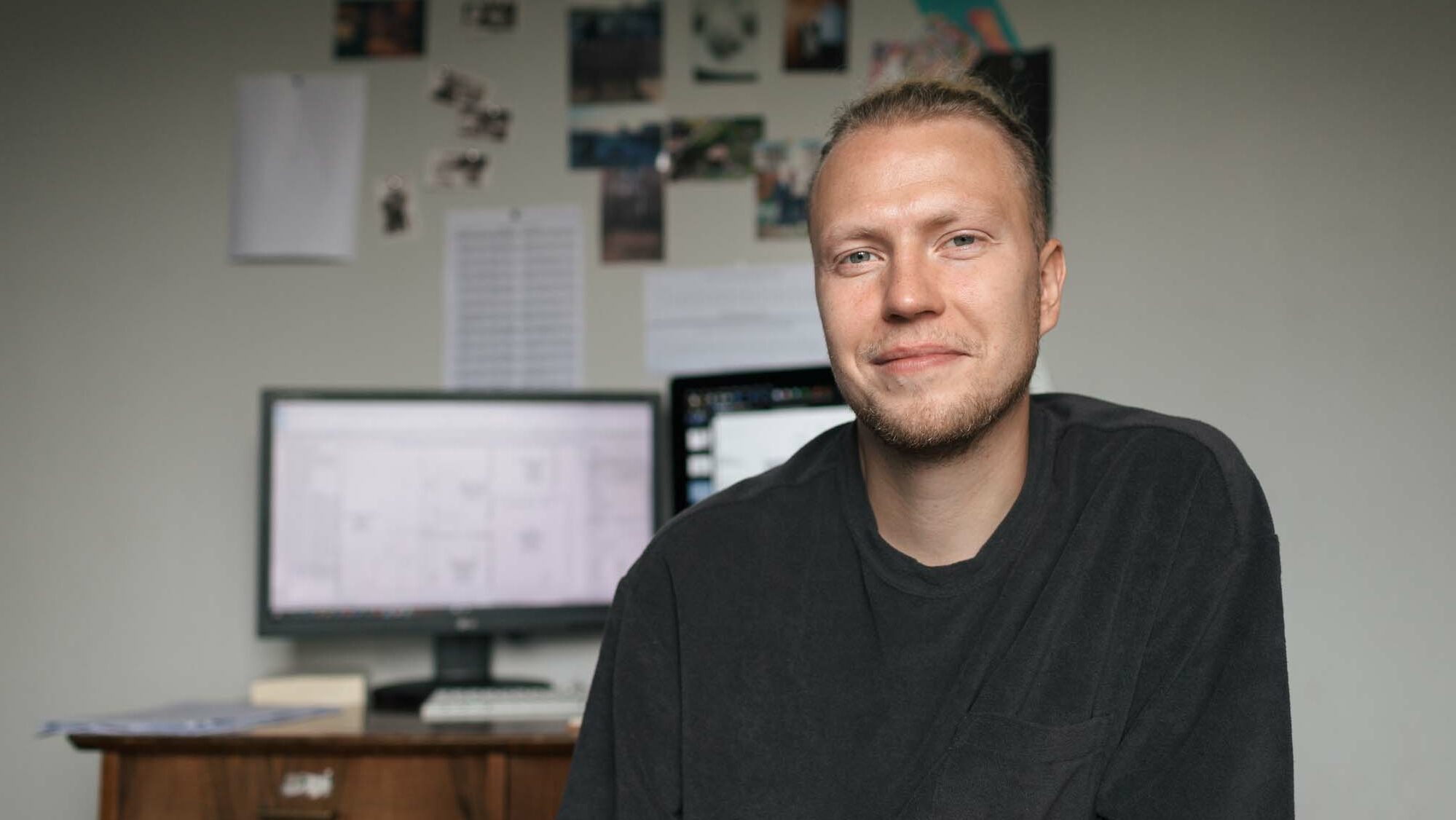



Would you like to comment on this article? Send your thoughts to: [email protected]
Latest
Profiles
These Architecture Students Explore the Healing Power of Water
Design projects centered on water promote wellness, celebrate infrastructure, and reconnect communities with their environment.
Projects
KPF Reimagines the Arch in a Quietly Bold New York Facade
The repetition of deceptively simple window bays on a Greenwich Village building conceals the deep attention to innovation, craft, and context.
Profiles
Future100: Lené Fourie Creates Adaptable Interiors
The University of Houston undergraduate student is inspired by modular design that empowers users to shape their own environments.



